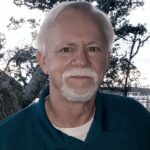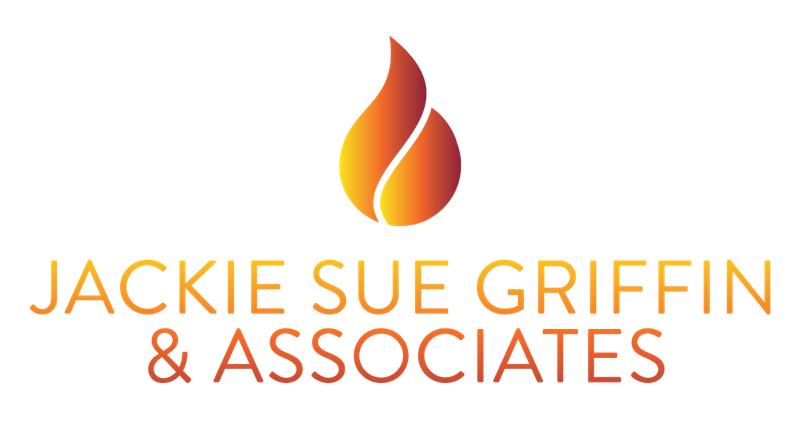09 Dec The Day a Young Boy Called His Supersonic Hero

By Elliott Potter
Preserving the legacies of our heroes and sheroes – whether friends, family or celebrated personalities – has never seemed more essential to developing our stories as humans than it does in these challenging times.
When I learned of the passing of aviation legend Chuck Yeager this week, I reflected on the ways – some widely known and one a personal memory – that this great American hero made quite an impression in life.
His most recognized achievement occurred on Oct. 14, 1947, when Yeager was the test pilot for an experimental Bell X-1 supersonic jet that became the first aircraft to fly faster than 767 mph – the speed of sound, also known as the sound barrier and later designated as Mach 1.
The West Virginia native was 24 years old and coming off a remarkable tour as a fighter pilot in World War II when he made history in the skies over the Mojave Desert. The world did not learn of his historic flight until 1948, nearly a year later.
The other reason I remember Chuck Yeager occurred some 21 years later; my coming of age as a 12-year-old boy in Eastern North Carolina involved the simple act of picking up a telephone.
Yeager stayed in the Air Force after his days as a test pilot ended, and in 1968 was assigned command of a fighter wing at Seymour Johnson Air Force Base in Goldsboro, NC. The base was relatively small and not well recognized for its critical mission. The giant bombers stationed there were America’s answer to Doomsday. They sat on runways with engines running, bays loaded with nuclear weapons. You could hear the engine noise when you drove by the base.
There was an element of anxiety associated with living near Seymour Johnson in those frigid years of the Cold War. My family did not know a lot about U.S. defense strategy, but we knew enough to realize the B-52s at Seymour Johnson likely would make Goldsboro a focal point in any nuclear conflict. Young boys think about such things when they lie awake at night.
Something else that made me nervous was story of the 1961 crash of one of those B-52s. I knew just enough to scare the heck out of me. The incident occurred in the vicinity of Eureka, a community close enough to my house that the Little League team there was our biggest rival in my neighborhood of Belfast.
The plane broke up in mid-air, killing three crewmen and sending two hydrogen bombs falling to the swampy farmland below. They did not detonate, but just how close that accident came to turning Eastern North Carolina into a lifeless wasteland remains a matter of considerable debate. We probably will not know the full story until a movie comes out someday.
Most of the time, I preferred not to think too hard about the Air Force base on the other side of town. But I was absolutely thrilled to learn, thanks to a feature article in the Goldsboro News-Argus, that one of the early pioneers of aeronautics was stationed there.
In the years leading up to the July 1969 moon landing, I was one of a fleet of kids in mental orbit over space travel; other classmates called us “astro-nuts.” I could name the Original Seven astronauts of the Mercury program. I knew when the next launch of a space mission was scheduled. And I knew all about Chuck Yeager.
I also loved to read, and I would read anything – my Funk-Wagnalls encyclopedia set, the back of cereal boxes, even the ever-expanding phone books that landed on our doorsteps each year, seemingly out of nowhere. My family’s number was listed under my grandmother’s name, and I enjoyed seeing our telephone number in print. I would look up other people’s numbers, too. I even looked up Chuck Yeager’s number, and I found it.
I thought about calling. All I had to do was mention the idea to Frances Howell, my sixth-grade teacher at Belfast Elementary School. Mrs. Howell had seen something in me, and she loved to stoke the fire of my curiosity. She said I should do it, and that was all I needed to hear.
I went home, picked up the phone in my grandmother’s bedroom and carefully dialed the number. Yeager answered. I asked if I could talk to him, and he sounded not only willing but eager. I was talking to one of my heroes, and he seemed good with that.
In reflecting on Yeager’s Dec. 7 death at age 97, I have tried to reconstruct the conversation. I made the call without a specific project in mind, so I made no notes. I remember that he said he had not known what he was getting into: Nobody was certain what would happen once the sound barrier was breached. It fell to Yeager to find out. His X-1 seemed ready to fall apart as it reached the necessary speed, and then shockwaves generated a momentous boom, signifying history had been made.
From that day forward, the mention of Chuck Yeager’s name has drawn my attention. True aviation enthusiasts recognize the significance of his flight. Those fortunate enough to know him, or at least to have met him, remember what a generous, down-to-earth man he was, despite his supersonic fame. I know he was the real deal, and he cared about kids and their dreams.
It’s hard to imagine that, in current times, someone with Yeager’s historical heft would have his telephone number listed in the community phonebook. It is even harder to believe a hero like him would take the time to answer a young boy’s unscheduled call.
I owe this great memory to Yeager’s generosity with his time, of course, but also to the encouragement I received from my teacher, Mrs. Howell. Without her prodding back in 1968, I would have heard the reports of Chuck Yeager’s passing in 2020 before moving on. Instead, I remembered that day when a 12-year-old boy discovered, contrary to popular belief, sometimes heroes are not hard to find. Chuck Yeager was a true hero, and you could look up his number in the phone book.
For more HERStory information, check out our Facebook Page and LinkedIn Page and subscribe to our newsletter below.
We want to hear your story. Your story is my story. Help us empower other women by sharing your story.

Elliott Potter is a staff columnist and blogger for HERStory. He is a former newspaper editor and publisher who lives in Jacksonville, N.C.

No Comments